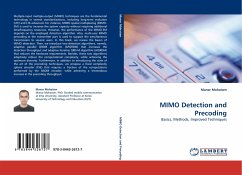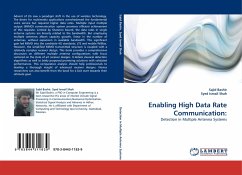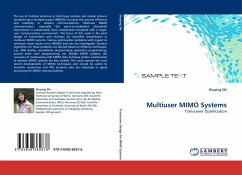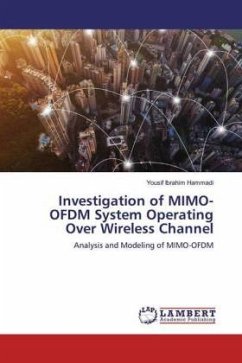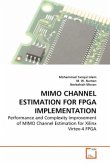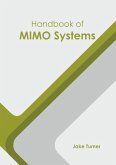Multiple-input multiple-output (MIMO) techniques are the fundamental technology in several standardizations, including long-term evolution (LTE) and LTE-advanced. For instance, MIMO spatial multiplexing (MIMO-SM) is used to increase the system capacity without requiring additional time/frequency resources. However, the performance of the MIMO-SM depends on the employed detection algorithm. Also, multi-user MIMO precoding at the transmitter part is used to support the simultaneous transmission to several users. In this book, we review the basics of MIMO detection. Then, we introduce two detection algorithms, namely, adaptive parallel QRDM algorithm (APQRDM) that increases the detection throughput and adaptive iterative QRD-M algorithm (AIQRDM) that reduces the hardware requirements. Besides, these two algorithms adaptively reduce the computational complexity, while achieving the optimum diversity. Furthermore, in addition to introducing the state of the art of the precoding techniques, we propose a fixed complexity sphere encoder (FSE) that requires a fraction of the computations performed by the QRDM encoder, while achieving a tremendous increase in the precoding throughput.
Bitte wählen Sie Ihr Anliegen aus.
Rechnungen
Retourenschein anfordern
Bestellstatus
Storno

